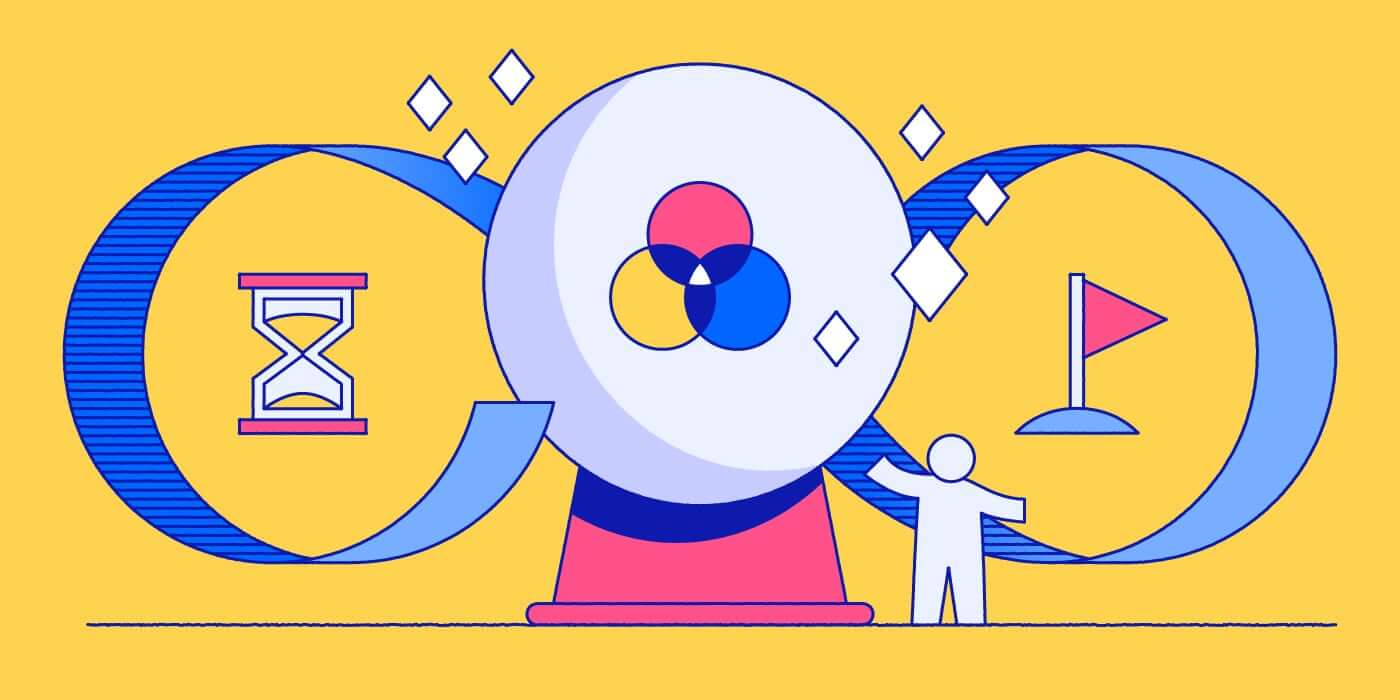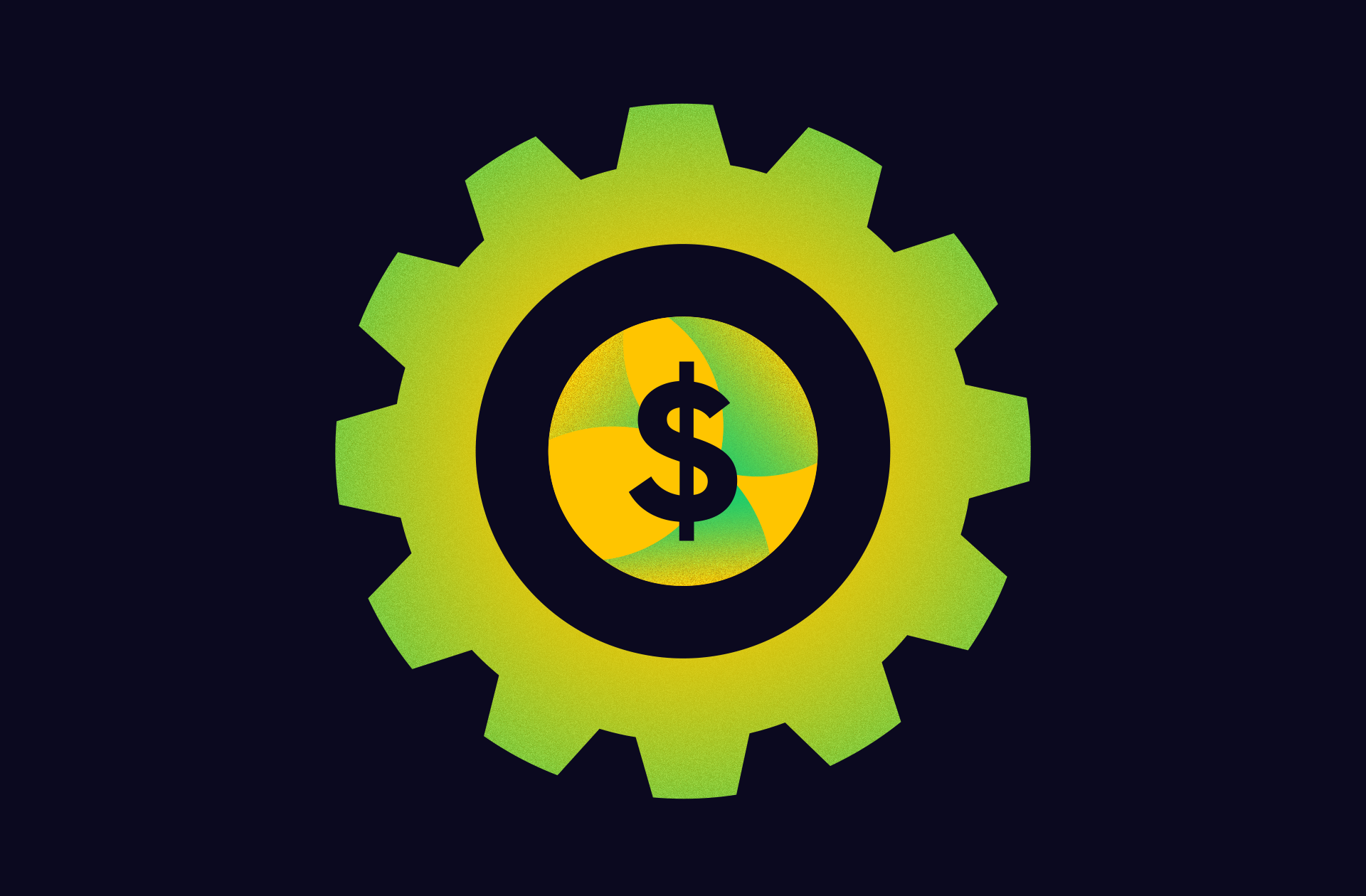There’s a lot a creative marketing agency can do for your brand. But if you haven’t worked with one before, you might not know how to start off on the right foot. To get the best work from your creative agency, you want to approach things as a true creative partner. Hence, it’s important to know what to expect from your engagement, what role you’ll be playing, and how to be the best team player.
Having worked with thousands of clients over the last decade, we’ve seen the good, bad, and ugly of client-agency relations, and we’ve noticed that most issues come down to a lack of education or communication. So today we thought we’d give you a primer on what to expect once you start working with a creative agency, plus our best tips to collaborate in a positive and productive way.

How to Work With Your Creative Marketing Agency
Each agency is unique, with its own production process, communication style, and creative philosophy, but there are a few general things you’re likely to encounter. To make sure your engagement goes as smoothly as possible, here’s how to help your agency at every stage of the process.
1) Write a Strong Creative Brief
The creative brief is likely the first ask you’ll get from your creative agency. This document is the key to a successful project. It will ask you to detail all of the important information about your project, including goals, deadlines, budget, branding guidelines, etc. As this is the document that will keep you and your creative agency on the same page—literally—it’s important that you take time to fill it out fully and thoughtfully. A few tips to make your brief as useful as possible:
- Include the right amount of information. You should fill out the brief in detail and provide any relevant supporting materials (such as brand guidelines, sales materials, etc.), but don’t drown your creative agency in documents. Remember: The goal of the brief is to efficiently and succinctly explain what you’re trying to achieve.
- Get everyone’s input. Sometimes people will dash off a creative brief without getting their full team’s input, which causes issues down the line when there are internal conflicts about certain details. Make sure to get approval before you send the brief back to your creative agency.
- Watch your language. You may be highly familiar with your industry’s buzzwords and acronyms, but your agency may not be. Write your brief in plain English.
2) Ask the Right Questions During Your Kickoff
Depending on the engagement, your kickoff may be in person, on the phone, or via video chat. There are several goals for this meeting:
- Meet the team. You will meet the creative team that will work on your project (or at least the main crew), which may or may not include: Account Director, Producer (or Project Manager), Strategist, Creative Director, Art Director, Designers, Developers, Copywriters, Animators, etc. This is your first opportunity to get to know each other and get a general sense of each other’s vibes.
- Go over the brief in detail. You’ll also cover the creative agency’s process, talk about timelines, and discuss other pertinent project details.
- Ensure both teams are aligned. This is the opportunity to clarify any confusion, flag any potential issues, and address any outstanding unknowns.
Of course, nobody wants a rocky kickoff, so there are a few things you can do to make everything go smoothly:
- Know your goal. If you’re not sure what you’re trying to achieve, your agency won’t be able to help you. Make sure you have a clear vision before your kickoff.
- Ask questions. Don’t feel silly or shy. It’s better to be redundant now than sorry later. Even if you think it’s something simple or obvious, ask away (e.g., do you work in Google Docs or Word?). Here are a few starter questions if you’re not sure what to ask:
- Who will my point of contact be? There are a lot of moving parts involved in marketing—and just as many stakeholders. From strategy to content creation, you will have a lot of people doing a lot of different things. Hence, you need to identify the one person who will be your go-to throughout the process. Simultaneously, you should identify the point person on your end. (If you’re reading this, it’s probably you.) This person should facilitate communication, consolidate feedback, keep an eye on deadlines, and generally manage the project. You should also identify the stakeholders who will need to approve things on your end. (Trust us, things can get awfully messy when you have a dozen people chiming in on a thread—two days past a project’s due date.)
- What’s the best way to communicate? Your creative agency will have a tried-and-true production process in place, but when it comes to communication, you should identify the most effective way. If you prefer emails over conference calls, or Skype meetings instead of Slack, let them know.
- What materials do you need from us? We can’t tell you how many times a project has been held hostage by a missing asset. Thus, we can guarantee your agency will love you for asking this. Whether it’s a mandatory asset or a nice-to-have, they’ll appreciate you being a proactive and considerate partner.
- What are common roadblocks or pitfalls we can avoid? Another huge benefit of hiring a creative agency is that they have insider knowledge about what works and what doesn’t, based on their experience with many clients (often in your same industry). Accordingly, they also know exactly what issues can derail or delay a project—especially the ones that are in a brand’s control. They will greatly appreciate your interest in proactively preventing these things.
- How can we help make things go smoothly? Beyond the obvious (stick to timelines, provide specific feedback, don’t ghost us), there are likely a few simple things you can do to set yourself up for success.
- Make sure the right people are in the room. Don’t leave a key stakeholder out of the conversation (and thus require everyone to repeat the same information later).
3) Understand the Process
Every agency has its own production process and infrastructure. (If you’re interested, here’s a peek into our creative approach.) But, in general, your creative engagement will include the following phases:
- Discovery: This is the “learning” phase, when your creative agency dives into your brand to learn about your unique needs, the problems you’re facing, your previous attempts to solve them, etc.
- Insights: Having gone through the discovery phase and done additional research (e.g., survey, content audit, analytics review, etc.), your team will surface key insights that should inform what approaches are going to yield the best results for your objectives.
- Ideation: Next comes the brainstorm phase. Depending on your involvement, this may or may not include your team. Either way, once ideas are vetted, your creative team will pitch you concepts and you’ll select the winner.
- Execution: Your team will dive into creative execution, creating and iterating content based on your feedback.
- Measurement: Once your creative work is live, your team will track success based on predetermined metrics.
You don’t want to move from one stage to the next until everyone has given their sign-off, so make sure your creative agency builds approvals into the timeline. (Trust us, you don’t want a higher-up to reject an idea that’s already moved into the execution phase.)
4) Be an Active Collaborator
Your creative agency isn’t just a gun for hire. Good work relies on a good partnership, and there are a lot of proactive things you can do to make collaboration easier.
- Define your audience for your agency. Who are you going after? What does their social media look like? What types of content are they used to seeing? What do they find valuable? The more you help your team understand your target personas, the easier it will be to create work that resonates.
- Share visual inspiration. It’s often easier to show someone what you’re envisioning instead of just describing it with words. Share images, mood boards, storyboards, sketches, GIFs, motion graphics, or anything that lets you communicate the desired tone, visual aesthetic, or overall vibe you’re going for. (We once had a client share a whiskey label as inspiration, and we loved it.)
- Share your knowledge. Two teams are better than one, and knowledge-sharing is one of the biggest benefits of getting to work together. Whether it’s tools, tips, resources, or convenient hacks, it’s smart to clue each other in. (For example, here are 100+ tools to help your content marketing.)
- Address issues early and often. Your creative agency is invested in doing good work, so make sure to voice your concerns or clarify issues as they come up.
- Challenge each other. A creative agency knows about creative work, and you know your brand. But you may both have additional insights to share that can change the direction of a project.
5) Close the Feedback Loop
Naturally, as there are many moving parts in the creative process, you don’t want any miscommunication or oversights to interrupt or delay work. Hence, it’s crucial to have very clear communication during these stages, especially when it comes to feedback.
- Identify who owns what. Know who will be managing things on each side. That way you know who to contact for questions, edits, or any other issues.
- Speak up. Be vocal about how you think the agency is performing, how your experience is, and how it could be better. A good agency wants to know how they’re doing and how they can improve things.
- Talk solutions, not content. Feedback can be tricky, which is why it’s important to view projects through the lense of problem/solution. “I don’t like the blue” isn’t a useful statement. “Let’s use a bolder color that will stand out in people’s social feeds” is a more problem/solution-oriented way to address issues.
- Consolidate feedback. For the sake of time and efficiency, your point person should be in charge of collecting and consolidating feedback. This includes getting approvals and resolving conflicting feedback. (It’s much easier for your creative agency to work with a single checklist of edits instead of 32 comments from 7 different people.)
- Be responsive. It’s hard to stick to timelines if your creative agency is stuck waiting for a logo to be sent over. Respond within a reasonable amount of time—or at least acknowledge that you’re working on an answer.
Keep Nurturing Your Relationship
The best clients are positive, proactive, and eager to educate themselves about both their industry and best practices. Whether you work with a creative agency on a single project or you work together for a decade (shoutout to Intuit, our oldest client), building a good relationship is your best bet to do work you can both be proud of. To keep things going…
- Focus on your relationship. Follow these tips to build a great relationship from the jump.
- Stay open. Find out what 7 traits will make you a better marketer, and think about different ways to experiment with content.
- Look for the lessons. Every project can teach you something or help you improve next time around. Think about ways to turn those lessons into content, or use them to revise your content strategy going forward.
Of course, no matter what you’re working on, not every creative agency will be the right fit for your brand. If you’re on the hunt for a different one, here’s how to find and vet a creative agency. Or you can always hit us up. We’d be happy to talk about what you’re looking for.







Great article! You’ve presented the topic in such a clear and concise manner, making it easy for readers to understand. The examples you’ve provided really drive home the main points. I appreciate how you’ve taken the time to back up your arguments with reliable sources. This post has definitely increased my knowledge on the subject. Looking forward to reading more from you! Envicon Studio is the best creative agency. They have a team of super talented artists and thinkers who create amazing designs. Their work always leaves a big impression. If you need top-notch creativity, Envicon Studio is the place to go!